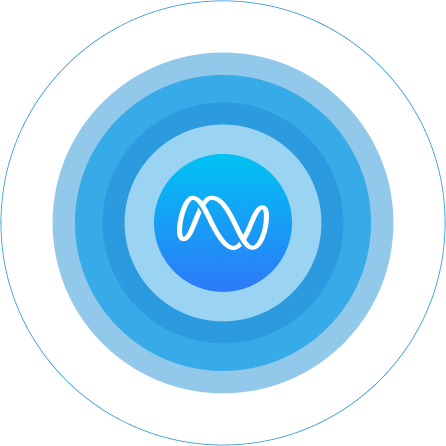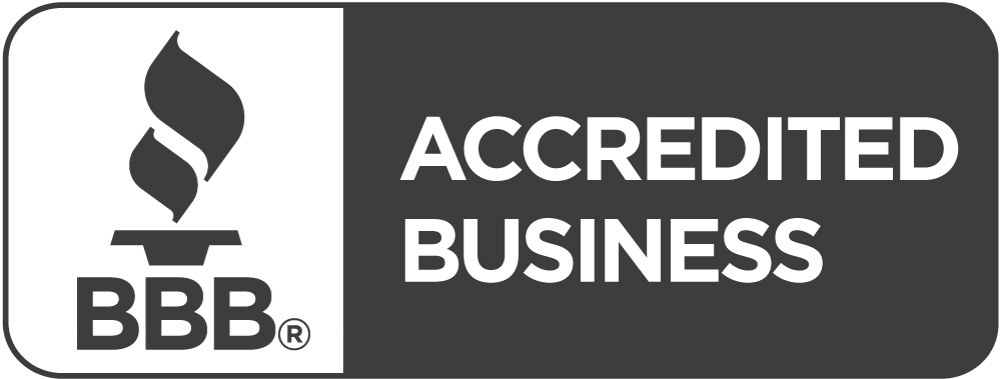You’ve probably heard quite a bit about the Internet of Things by now. But are you yet to connect it to Content Marketing? If not, you’re likely not alone.The fact remains that there is some very interesting potential arising from the melding of these two somewhat unlikely partners.Intrigued? Continue reading. See how you might harness the power of the IoT to make your content marketing life a lot easier.
The Internet of Things: What It Is
OK, so the concept of the Internet of Things (or IoT as we shall refer to it from this point) can be as simple or as difficult as you choose to make it.Personally, we prefer simple. We like the approach that Forbes contributor Jacob Morgan adopted a little while back in his article, A Simple Explanation Of The Internet Of Things.As Jacob explains it, it all boils down to this: the IoT enables all sorts of devices to be connected to the Internet, and to each other, with a type of on/off switch.The devices themselves can be many and varied: light switches, wearable devices, household appliances, you name it. The central point here is that everything is going to be connected to each other. That includes people being connected to people, people being connected to things and things being connected to things.There’s no point in being connected without some type of communication. So, to a large extent, the “glue” connecting all of these things together is data. Each connected device or “thing” can generate a stream of data about its state that can then be communicated via the cloud and made sense of by the owner.
To understand the major importance, let’s take a step back and consider what exactly the IoT might be useful for.
One of the classic examples already in training is the concept of the smart home. The everyday consumer has more and more gain acceptance to the new idea. The smart home Illustrates the IoT concept because it allows contact between several Internet-connected devices within the house to each other and the (often remote or mobile) owner.But, as the Business Insider notes, potential apps of IoT can range far beyond the smart home, including wearables and connected cars, right up to smart cities. Imagine, a city where trash cans can communicate when they need to be emptied, or if your car could communicate with traffic sensors so that you could select an optimal route home in real-time.
How the IoT Relates to Content Marketing
So far so good, right? We hope you are still with us so far. Let your interest wander, find out why any of this IoT stuff has for the world of the content marketer.Well, the answer happens to be …. quite a lot. Enough that it might surprise you. It actually starts to make sense when you sit down and give it the pondering space it deserves. You may even have no interest in allotting pondering space, the fact is that those in the know have already gone out and done a fair bit of the intellectual heavy lifting for you. We then have gone out and helpfully collated it all to boot, so fret no more! Here are three key points to digest:
1. The IoT Will Rain Beneficial Data for Content Marketers
Content marketers can almost never have too much data, provided it is accurate and of reasonably high quality. After all, high-quality data enables insight, and insight assists us in fine-tuning our marketing strategies and messaging to make sure they are on point.The world of IoT looks set to become a true rainmaker for this purpose. Imagine scads of connected things (devices and people), constantly producing a stream of data back to the cloud. The data collected pours over, then mined for patterns, trends, and insights… add predictive analytics to the mix, and it almost sounds too good to be true!And of course, it possibly is … at least at this early stage. Privacy and security issues linked to the IoT have been making it look like a giant and increasingly leaky sieve. Some suggest it is capable of destroying lives and livelihoods (tech writer Lauren Zanolli, writing for Fast Company, went so far as to rechristen the IoT as “Privacy Hell”). It’s a tough one.The likely outcome? The potential for increased regulation and introduction of IoT-specific laws across many jurisdictions at some stage in the future. For now, continued self-regulation by companies, continued exposure attempts by hackers and continued infrequent public outbursts when something goes horribly wrong. In other words, watch this space – it’s still evolving.
2. The Possibilities for Communication are Endless
The IoT is hardly news to anyone who has had a keen eye on the rise of mobile devices. The IoT is set to take this ballgame to a whole new level.As Stephanie Diamond, of the Dummies Business and Marketing Blog writes. All of a sudden, the alternatives for communicating with your target market are endless. No longer bound by laptop or smartphone. Devices can start to communicate with your company and the customer in a ‘smart’ dialogue that can open the door to further marketing and sales opportunities. Let’s not forget, providing new and unique options to provide exemplary customer service. Imagine the devices that are capable of initiating a three-way conversation (or more if third parties are involved). When customers experience faults or are due for a service, they are more proactive about their relationship with your company. Due to this content marketers will need to be ready to respond with personalized and tailored approaches.
3. The Floodgates of Location-Based Intelligence Will Open
There’s several key benefits, one, in particular, is the IoT becoming the provision of a new flood of location-based data. Which will have uses far above and beyond the standard operating data that each device is chugging out.It’s fascinating when you think about it. All devices and people with a location at every given moment of their lives that can be specified as a set of geographic coordinates. You move, you change coordinates. You move a device, you change its coordinates.Now add to this basic concept the fact that every Internet-enabled thing or person in the IoT is capable of transmitting a steady stream of data to the cloud, including these geographic coordinates and the time and date at which they changed. Adding geography adds a whole new dimension to the equation, and here’s why.Location data tells you how near two things or people are to each other. This capability could prove highly relevant to content marketing. Content marketers can now harness the power of app or text messaging. This allows for an advertise flash sale or locally based deal that is only available within a certain radius of a store, or better yet, to ‘push’ relevant location-based content depending on where the customer finds themselves.
Conclusion
Remember, this also works just as well on the micro-level too. Imagine messaging that changes depending on where the customer finds themselves within an individual store or shopping complex, as opposed to within a large region.Well, it’s been a whirlwind tour, but we hope, an exciting one. Unlocking the potential of the IoT will no doubt take some time and some ironing out of teething issues, but for content marketers, it’s a good time to be on the planet!









































































